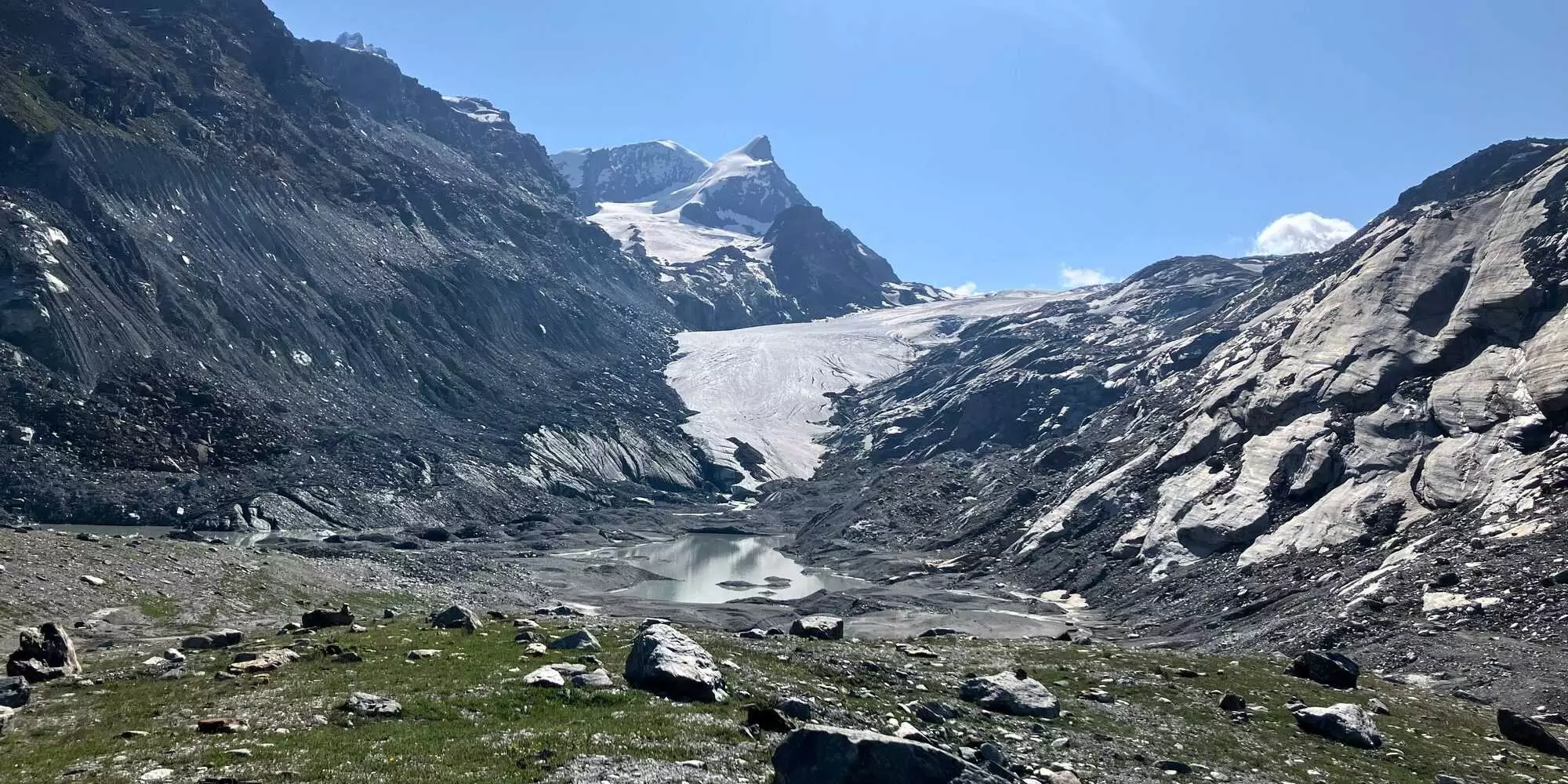In the intricate web of Earth’s water systems, mountainous regions serve as crucial reservoirs, often termed “water towers.” This terminology emerges from their ability to supply vast quantities of fresh water to ecosystems and populations living downstream across various geographies. The nuanced relationship between glacial and snow melt and groundwater recharge, however, remains predominantly overlooked in contemporary hydrological evaluations, as posited by a group of mountain hydrology experts. Their argument, recently discussed in *Nature Water*, underscores a fundamental gap in water resource management strategies, especially as climate change alters precipitation patterns and glacier dynamics.
While glaciers and snowpacks are recognized as significant contributors to water availability—particularly during warmer months when meltwater is critical—our understanding of how this meltwater interacts with groundwater systems is surprisingly tenuous. Dr. Marit van Tiel, the lead author of the paper, highlights that the journey of meltwater—whether it flows directly into rivers or seeps into the ground to replenish aquifers—remains inadequately characterized. This lack of clarity poses risks not only to environmental sustainability but also to the livelihoods of mountain communities that depend on these water sources.
The Motivations behind Research Gaps
The disconnect between glacier melt and groundwater not only obscures our comprehension of hydrological cycles but hampers our ability to make accurate predictions about future water availability. One primary obstacle hindering this understanding is the immense difficulty in measuring groundwater levels effectively in remote mountain terrains. Traditional approaches often fall short, prompting researchers to resort to site-specific methodologies that yield limited comparability across different studies. This fragmentation in knowledge impedes a coherent view of how water systems work and further complicates resource management strategies.
The authors assert that the advantages of having a more integrated framework that incorporates cryosphere-groundwater links can be transformative. The variance in estimates regarding groundwater contributions from meltwater underscores the urgency of fostering innovative research methods that can bridge these knowledge gaps. To anticipate how climate variability will affect water systems, a deeper understanding of spatiotemporal patterns is essential—this entails knowing where and when meltwater recharges groundwater, and how these networks respond under different climatic scenarios.
Catalyzing Change: The Call for Integrated Research
The ramifications of overlooking cryosphere-groundwater interactions could be detrimental, particularly in the face of global warming, which has precipitated rapid glacier retreat and altered snowpack dynamics. With water supply stability hanging in the balance, the authors call for urgent reforms in how mountain water research is undertaken. A multidisciplinary approach merging hydrogeology, mountain hydrology, cryospheric science, and climate modeling would optimize our ability to quantify these interrelationships and predict future dynamics.
Undoubtedly, climate change looms as a substantial threat to mountain ecosystems, amplifying the urgency for integrated research initiatives. A better grasp of how cryosphere influences groundwater systems could not only enhance our predictive capabilities but also improve water management practices tailored to the needs of both mountain societies and lowland ecosystems. The interconnectedness of water systems should drive our research priorities and practicality in water storage, purification, and distribution policies.
The Path Ahead for Mountain Hydrology and Water Management
The discourse presented by these experts venerates the intricate dance of water as it traverses from glaciers to groundwater systems, molding the landscapes and livelihoods interlinked with these processes. Efforts must shift toward fostering an enriched understanding of how these interactions transform local and regional water availability over time. Engaging various stakeholders—from policymakers to local communities—will be crucial in implementing effective management strategies that prioritize sustainability and adaptability in a rapidly changing climate.
Ultimately, it is imperative for the scientific community to prioritze the establishment of comprehensive networks of knowledge characterizing mountain water cycles. Recognizing the essential role of cryosphere-groundwater interactions will enable us to prepare for impending hydrological changes and fortify the resilience of both ecosystems and societies that depend on these vital water sources.

